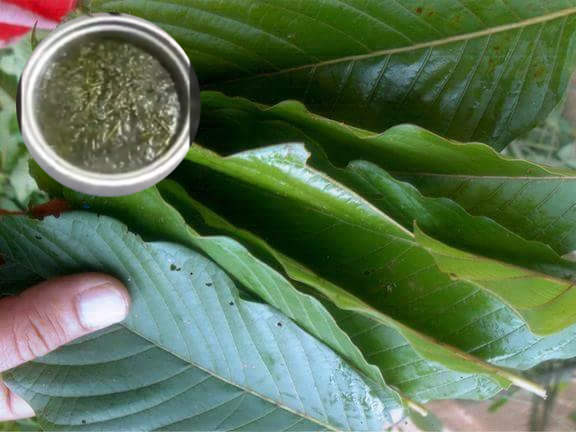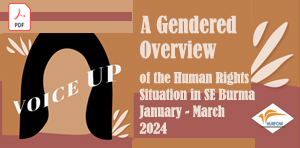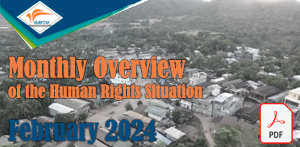Number of Kratom-Leaf users rises again in Kalogtaw
April 10, 2017
The number of young people using kratom in Kalogtaw village, Mudon Township, Mon State, has increased as anti-drug campaigns by both the New Mon State Party (NMSP) and Burmese government lose momentum, say locals.
 Kratom is grown mostly in southern Thailand and increasingly in Mon State. Locally it is known as ‘opium leaf’ for its opiate like properties when ingested.
Kratom is grown mostly in southern Thailand and increasingly in Mon State. Locally it is known as ‘opium leaf’ for its opiate like properties when ingested.
“During these days [nearing the end of the dry season], there are religious ceremonies in every village. Now, the kratom leaf drink has replaced liquor and beer. The drink has become essential during those religious events,” said a Kalogtaw resident who has witnessed the use of kratom in the village.
“I’ve been in the village now for 12 days and realized the smaller houses who held the religious ceremonies didn’t have the kratom leaf drink, but I reached two houses where big ceremonies were celebrated. One house had four pots of the kratom leaf drink and another had six pots of the drink. The kratom leaves cost them from 150,000 to 200,000 kyat. Moreover, there were also two packs of cough medicine [used to mix with the kratom leaf drink],” said Nai B—, a Kalogtaw villager.
Eight kratom leaves cost 5,000 kyat and some people store kratom leaves in anticipation of a future shortage. Kratom leaves are boiled in water in order to produce the kratom drink and the leaves can be used up to two or three times.
According to locals, in general, households who hold large religious ceremonies can spend up to 2-3 million kyat on the festivities and they treat the young people who come to help with the ceremonies with kratom. In the past, according to local villagers, households competed with each other over who could provide best kind of beer; however, this year, most of the larger households have been competing with each other over how much kratom drink they can provide.
“A Pepsi or Coke bottle full of kratom drink is enough for four people to have fun. However, a person who is addicted to kratom has to drink the liquor as he drinks water,” said another villager with experience using kratom.
Although kratom produces a pleasant effect when used, it has severe consequences with prolonged usage. “[At first], when a person uses kratom he or she is in a good mood and active. Some people who suffer from numb limbs can be cured by drinking kratom. The young people use kratom to make them strong and active. As for the consequences, kratom drink leaves skin dry, causes tremors, and people become addicted to the liquor,” said Nai C— of Kalogtaw village.
Even though the villagers know using kratom is illegal, they are still using it and most of the villagers who return from Thailand are familiar with kratom.
In 2016, the NMSP and the Burmese government launched anti-drug campaigns against the use of kratom, resulting in the destruction of large amounts of kratom leaves. Early this year, the NMSP withdrew from checkpoints in A-Bit village, Mudon Township, after escalating tensions with the Burmese Army. Since then, villagers have noted the increasingly free trade of methamphetamine pills and kratom leaves in the area.
According to ‘Bitter Pills’, the Human Rights Foundation of Monland’s (HURFOM) 2013 report on drug use in southeast Burma, approximately 55% of young people in Mudon Township had experimented with an illicit drug.
Comments
Got something to say?
You must be logged in to post a comment.

















































